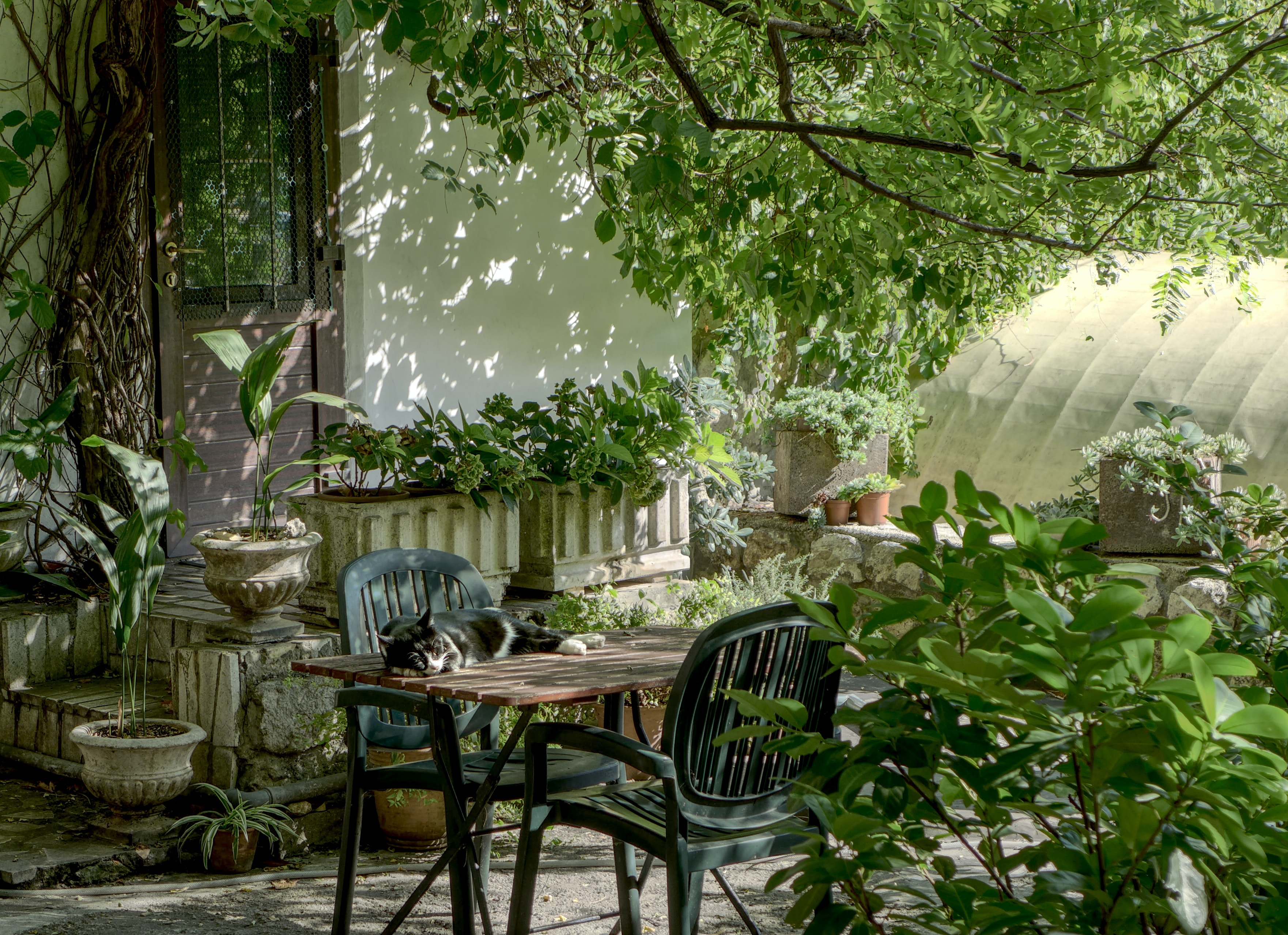
Gardening may sound like an overly strenuous activity, though in reality it is a pastime suitable for pretty much anyone, regardless of ability.
The benefits of gardening are numerous, namely:
- It can be workout, which helps keep you fit
- Learning new skills can be empowering, which in turn builds confidence
- Gaining knowledge about plants, particularly edible ones, can also indirectly teach you about nutrition.
- By extension, growing your own food is a great way to maintain a healthier diet
- It’s often therapeutic, helping you de-stress and regulate a wide range of emotional challenges.
- It can even improve your social skills if you’re gardening as part of a larger community.
Here are some suggestions to consider for landscaping or modifying a garden to make it more accessible for those with physical disabilities:
Making your garden accessible
Raising the garden beds is a simple solution to avoid having to bend down or stoop low. If possible, attaching wheels to plant containers makes it easier to reposition. This is great whenever you want to redecorate or simply move the plants for more optimal sunlight exposure.
Organising where your plants are according to how much water they require also helps immensely with garden management.
Pay particular attention to your garden paths. To maximise accessibility, ensure these paths are level, smooth and non-slip.
Play to your senses
If your visual ability is affected, choosing plants that have very distinctive qualities can make it much easier to identify and manage them accordingly.
For example, jasmine and lavender plants can be identified by their unique scent. Such scents also come with the added benefit of relaxing the mind.
Plants with bright colours can serve the same purpose. Options you can consider include tending to marigolds and sunflowers.
Easy plants equals relaxed gardening
There are many plant varieties that require a minimal amount of effort to maintain. These options can be ideal for those with certain physical limitations.
The money plant, also known as the pothos or Devil’s Ivy, is a perfect low-maintenance choice. It can flourish just fine even in low-lit, enclosed spaces, and only needs to be watered once every one to two weeks.
If you like cacti, almost any cactus you could buy is low-maintenance and can be grown indoors. Common cacti varieties like the barrel cactus or the prickly pear cactus are great options that don’t need to be watered often and look great.
Your garden, your rules
No matter which plants you choose or how you tweak your garden, there’s no real need to overthink it. Take it as easy or as labour-intensive as you’d like.
You could use gardening as a simple relaxing activity, or turn it into a type of exercise, or a bit of both. It’s your garden, after all. Just have fun with it.
References
Rise (2019) The Benefits of Gardening for People with Disabilities [Accessed 26 April 2023] Available at: https://riseservicesinc.org/news/the-benefits-of-gardening-for-people-with-disabilities/
Jackie Carroll (2022) Enabled Garden Design – Learn About Gardening With Disabilities [Accessed 26 April 2023] Available at:
https://www.gardeningknowhow.com/special/accessible/gardening-with-disabilities.htm